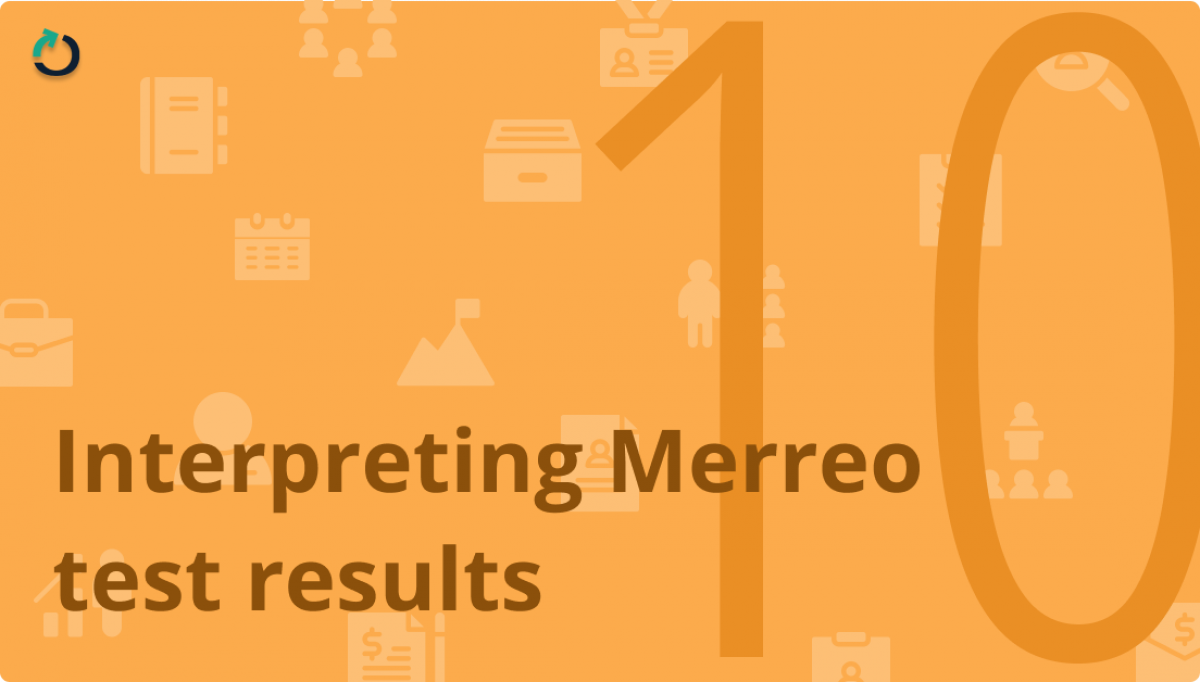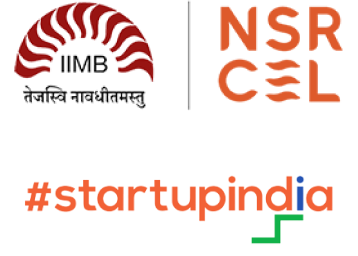One of our unique selling points is our fully-algorithmic Adaptive assessment system – the candidate starts the assessment with medium-level difficulty questions, and the test either becomes more difficult or easier based on how well they are performing. This system increases the accuracy of the test’s metric by at least three times - with a 15-question merreo test, we can provide you with results that have an accuracy comparable with a 45-question regular test. But the conventional ways of presenting results will not work in this system. Wait, I will elaborate.
Traditionally the test results have been presented as 35/50 or 14/20. Both mean that the candidate has got 90% of the questions correct. But there is a significant problem with this measure. Let me illustrate.
Let’s assume two candidates, A & B, attempted the same test. Candidate A completed just 15 of the 20 questions and got 14 correct out of the 15 he attempted. Whereas Candidate B quickly completed all the 20 questions and correctly answered fourteen.
Think about this scenario for a minute. I would say it is reasonable to assume that if Candidate A attempted all the 20 questions, leaving the hard questions along the way, he would have scored better. So the ultimate rating for candidate A must be better than candidate B. But the traditional metrics ignore these nuances.
This vagueness is a serious problem, and with merreo, we wanted merreo to solve that problem.
Enter, Merreo TruScore. TruScore is our proprietary holistic score (scored on a 0 to 100 scale). It scores based on the number of questions the candidate got correct, the number of questions attempted, and the difficulty of each question. A more technical detail - if you plot all the TruScores of all the candidates in Merreo, it is distributed normally (gaussian distribution).
One crucial factor to understand is that two candidates can get vastly different scores even if they both have answered the same number of questions correctly. For example, consider candidates X & Y; candidate X attempted only the first ten questions and correctly answered eight, and Y attempted all fifteen questions but got the first seven questions wrong. Both of them will have answered eight questions correctly. But X will have a much higher TruScore than Y because our Adaptive system must have served X with the toughest and Y with the easiest questions.
A great analog will be the scoring system in the GMAT exam. We also display results in a few other ways.
Percentile Score
The Percentile score is the candidate's rank among all the Merreo test takers for that test. 97th percentile means the performance is better than 97% of all candidates in Merreo.
TruScore Range
The results of most skill tests are displayed as TruScore Range. It shows which quartile the candidate belongs to. This is because, for most skill tests, it is not appropriate to track the precise score of the candidate, unlike cognitive tests.
Personality test results
Each personality test result will be displayed differently, but you will have a guide to interpret the results. However, we recommend that you do not screen candidates based on personality test results. These tests are ideally used for customizing the interview process for the candidate.
Auxiliary metrics
The Auxiliary metrics help you understand the performance of the candidate a little better. Some of the auxiliary metrics are % of questions correct, questions attempted, and the time.
Pro-tip: While we display a holistic score for each candidate, it is better to consider and evaluate each test result separately. This method is important to understand because every Merreo pre-hiring test measures a unique aspect of a candidate’s skill set. It is always better to see them individually.
Ultimately, with our unique scoring systems, we want to help you to “MEASURE WHAT MATTERS” and eliminate ambiguity in the meaning of scores. Merreo has an ever-expanding library of over 45+ pre-employment tests that range from cognitive skills to marketing skills, to programming skills, and more. Sign up for free, avail 10 free credits, and start reinventing your hiring process.





